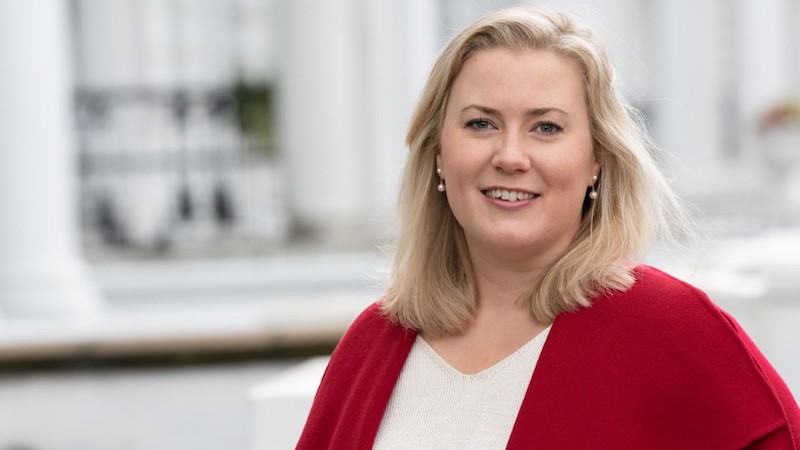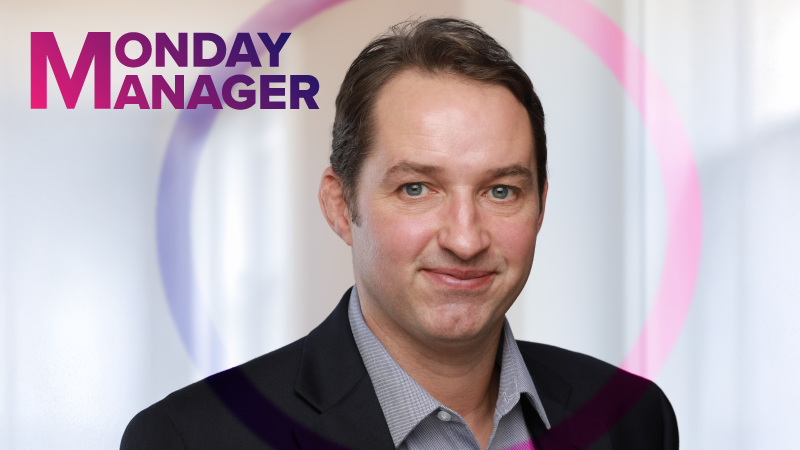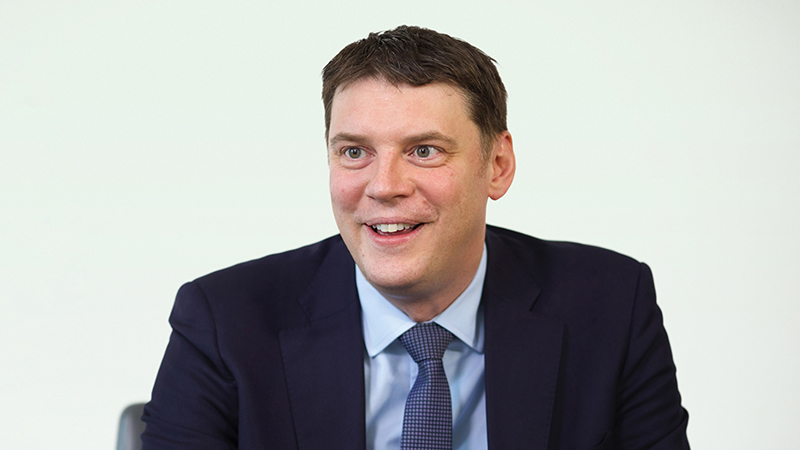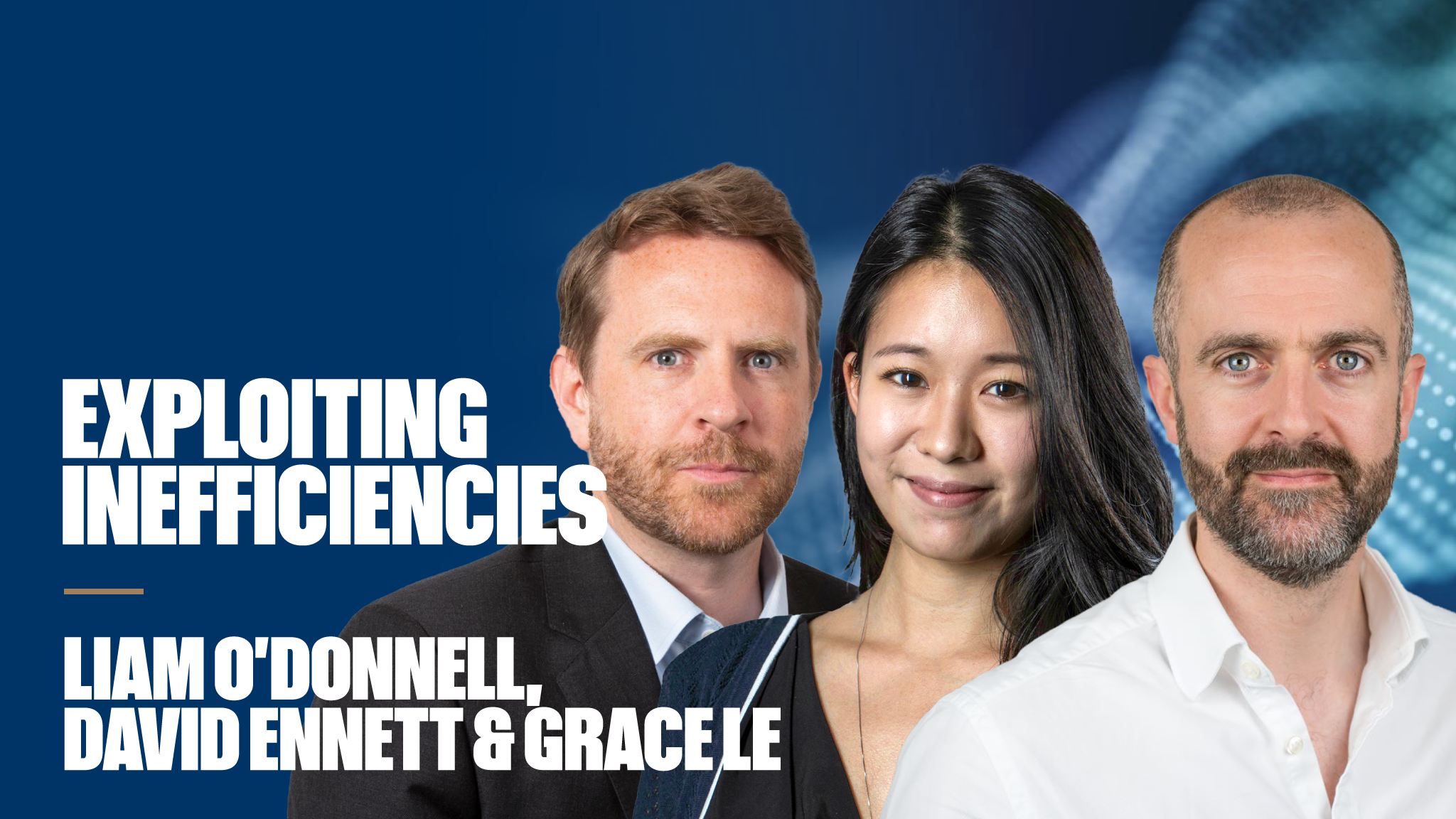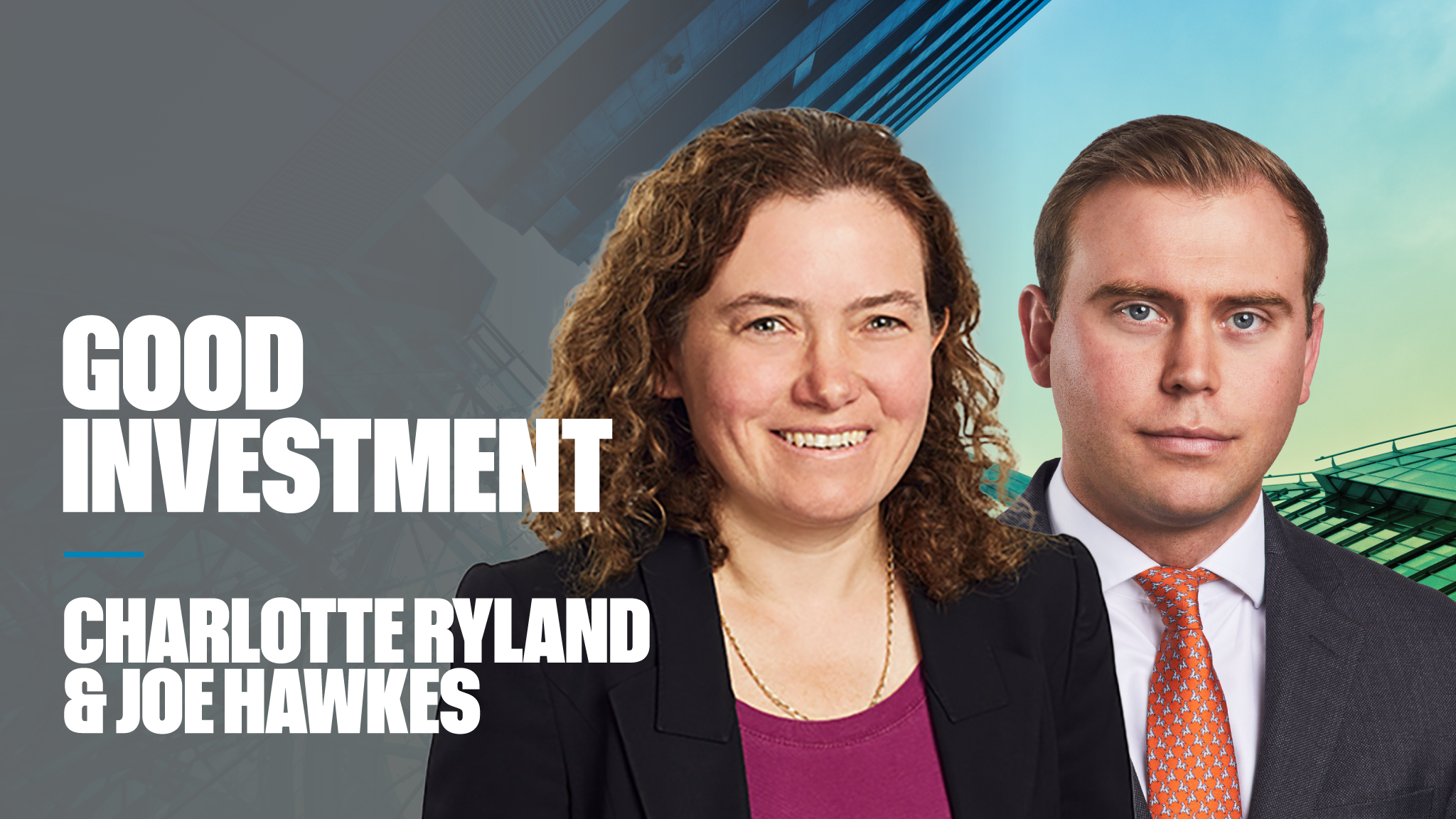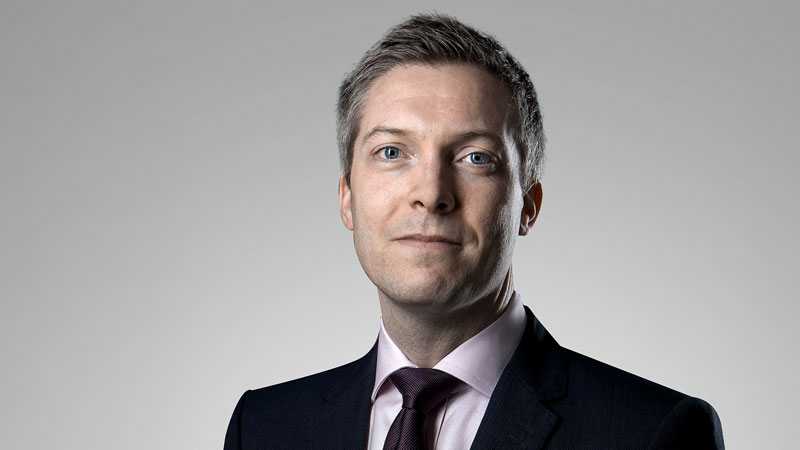By Colin Finlayson, investment manager, Aegon AM
As we reach the mid-point of 2025, we’re facing a unique set of circumstances that echo the past – specifically the 1990s. With tensions in the Middle East, rising US deficits, increased global fiscal spending and a Labour Government in the UK, the parallels are striking.
Even “Britpop” is making a comeback this summer. So, what better way to reflect on the past six months than by revisiting Oasis’s back catalogue and asking: what’s the story?
See also: Mike Riddell on bonds: Bullish on the belly (of the curve)
US trade tariffs – “Definitely maybe”
The biggest story of the year has been the US trade tariffs. While not a new idea, the unpredictable way they have been implemented – with a pattern of threats, delays and climbdowns – has alarmed markets.
Regardless of the final details, US tariffs will settle at a higher level than previously expected, with economic implications for the US and the rest of the world unfolding in the second half of the year.
Fiscal spending and deficits – “Whatever”
Fiscal spending, deficits and bond issuance have been features on both sides of the Atlantic. In the UK, shrinking fiscal headroom pressured the UK Gilt market while Germany’s €500bn defence and infrastructure package triggered a record one-day surge in Bund yields.
In the US, deficit reduction plans have been shelved, reigniting bond market concerns. With interest payments rising and now dwarfing the annual budget for defence, the President is focusing on growth as the way to improve their debt/GDP ratio, with Trump’s “Big Beautiful Bill” as the next major fiscal hurdle.
See also: FundCalibre: The new landscape of corporate bonds
Rise in long dated bond yields – “Supersonic”
Following a prolonged period of flat yield curves, 2025 saw a strong re-steepening trend gathering momentum. Central Bank rate cuts drove short-dated yields lower, making short-dated bonds look cheap.
In contrast, long dated bonds didn’t fare so well due to higher fiscal spending (Germany), debt sustainability fears (UK) and “growing-not-shrinking” deficits (US) which all pushed long dated yields higher – most notably 40-year Japanese bond yields increased by over 120bps in a month. Investors are now demanding higher returns for buy longer maturities, with the rising term premium showing few signs of easing. The bond vigilantes are watching with interest.
Flows back into bonds – “Wonderwall” of money
After years of low or rapidly rising yields, bonds allocations had been understandably low. Although, the “great repricing” of 2021-2023 restored what fixed income assets had been missing – income.
Yield hungry investors – like insurance companies, pension funds and annuity providers – could now snap up Government, investment grade or high yield bonds at 4.5%, 5.5% or 7.5% respectively depending on their needs. As a result, flows into the asset class have been healthier than for quite some time and have played a key role in supporting the corporate bond market.
Resilient Credit spreads – “Bring it on down”
While government bonds have been in the “eye of the storm” this year, corporate bonds have shown resilience. Despite some impact from April’s tariff announcement, they are set to reach the mid-year point having delivered an attractive total return. Given the plethora of challenges and curve balls thrown at the bond market, this feels like quite an achievement.
A big part of it is the investor flows back into bonds, with short dated corporate bonds seeing strong demand. While the new issuance calendar has been very active, this has been met by strong demand – which has kept spreads in-check. With extreme economic fears easing, investors have eagerly bought into corporate bonds at attractive yields during any short-lived bouts of weakness.
What lies ahead? “Don’t look back in anger”
While history can often context, 2025 stands out as a year where multiple pressures – rising fiscal spending and deficits, trade tariffs, geopolitical risk and Central Bank challenges – are all converging at once. In this environment, uncertainty is the only constant. That’s why, for the rest of the year, investors should look forward and not back – focussing on incoming information rather than trying to predict the future. If 2025 has taught us anything so far, it’s to expect more twists and turns ahead and that flexibility and active risk management is going to be essential. In short – you’ve got to “Roll with it”.
See also: South West Congress 2024: Interview with Aegon’s Colin Finlayson

